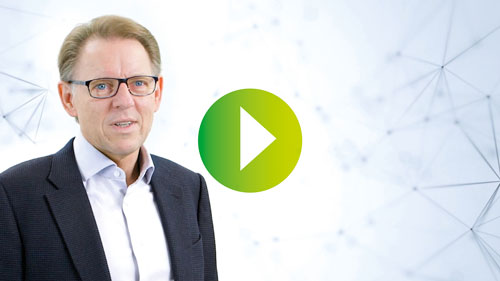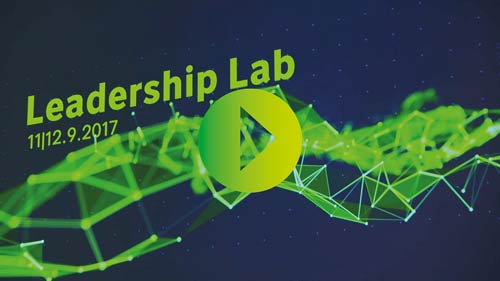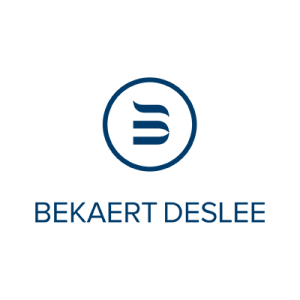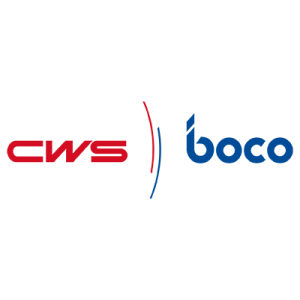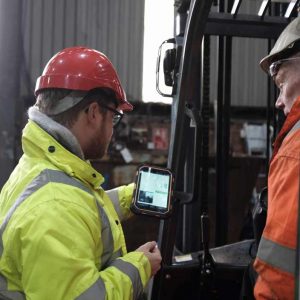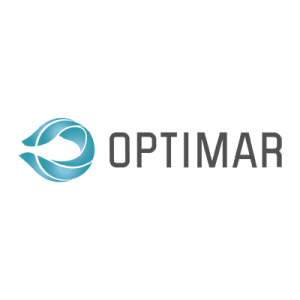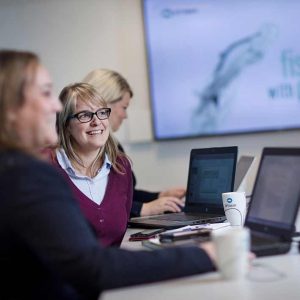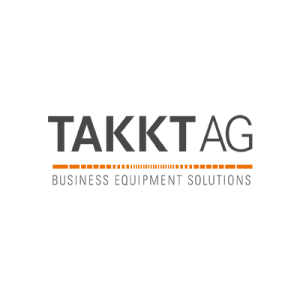CONTENTS
Financial Reports
HANIEL AS A FAMILY-EQUITY INVESTOR
WE ARE
VALUE
DEVELOPERS
As a family-equity company Haniel is building a portfolio with market-leading companies. The rule is: We combine the professionalism of a private equity investor with the understanding of the values of a family business.
Haniel has set a goal of growing the portfolio to up to ten equity investments. Only those investments that fit with the Company and its values are considered. To that end, an acquisition filter serves to examine the extent to which potential business models make a contribution to the diversification of the Haniel portfolio, are sustainable and viable for the future, and generate a reasonable value contribution. Our goal is to find companies that can develop into market leaders with our help. We support the growth of our portfolio companies. There is no blueprint for this; rather, we find an individual path for each division. We analyse precisely the current stage of the company’s growth and identify the core strategic themes. Portfolio companies in an early business stage receive prioritised support through investment capital and expertise in financing, corporate governance or human resources. We offer mature companies targeted added value, such as with respect to digital transformation. In this manner we are able to successfully develop the potential of each investment to the furthest extent possible – this is what makes us a value developer.
Divisions and financial investments
Overview:
Haniel’s portfolio
As a family-equity company Haniel is building a portfolio with market-leading companies. The rule is: We combine the professionalism of a private equity investor with the understanding of the values of a family business.
(Date of publication: 30 June 2018)
Division
bekaertdeslee

100%
Equity interest
BekaertDeslee is a globally leading specialist for the development and manufacturing of woven and knitted mattress textiles and ready-made mattress covers.
Division
cws-boco
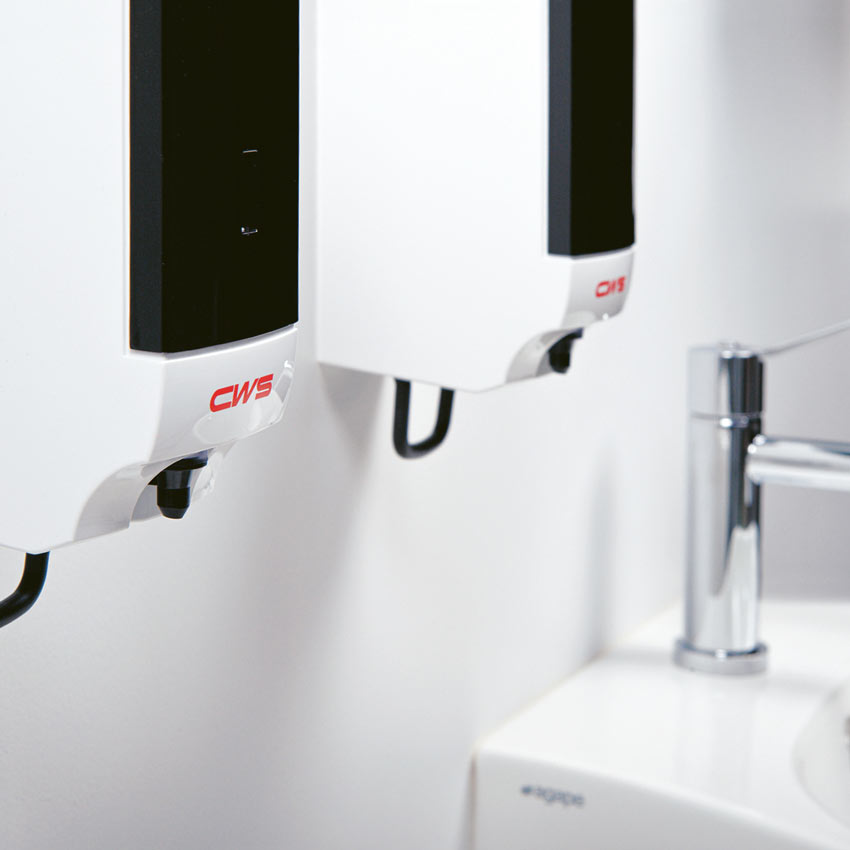
82.19%
Equity interest
CWS-boco ranks among the leading international service providers of professional rental solutions for washroom hygiene products and dust control mats as well as workwear and protective clothing.
Division
elg

100%
Equity interest
ELG is a global leader in the trading, processing and recycling of raw materials for the stainless steel industry as well as high performance materials such as superalloys,
titanium and carbon fibres.
Division
Optimar
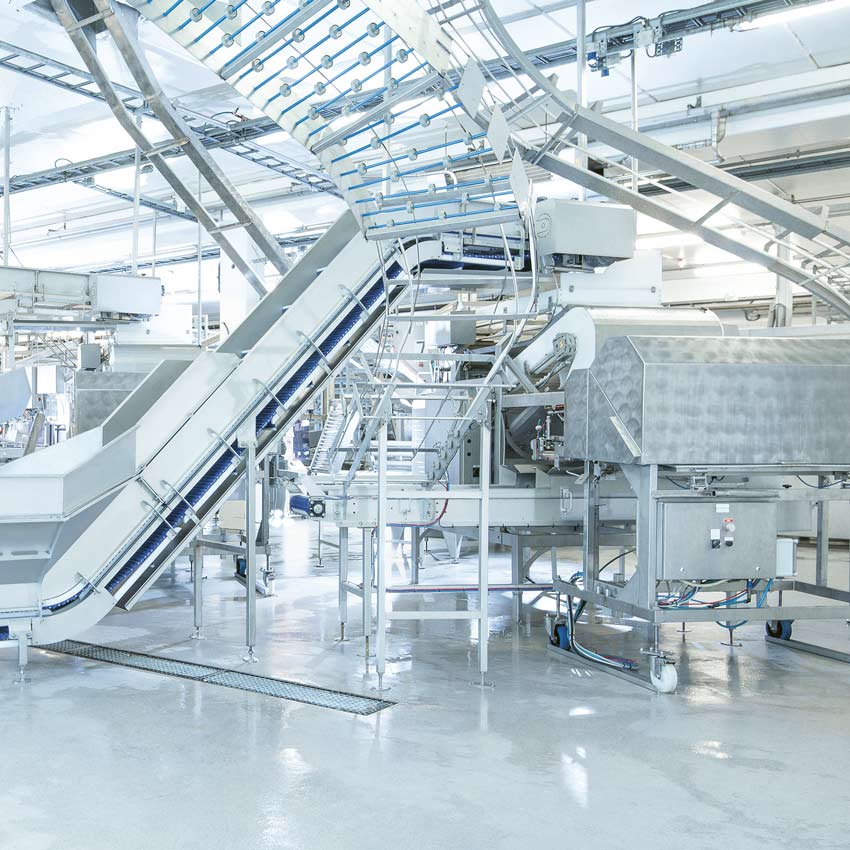
100%¹
Equity interest
Optimar is a global leader for automated fish handling systems for use on ships, on land and for fish farms.
Division
Rovema
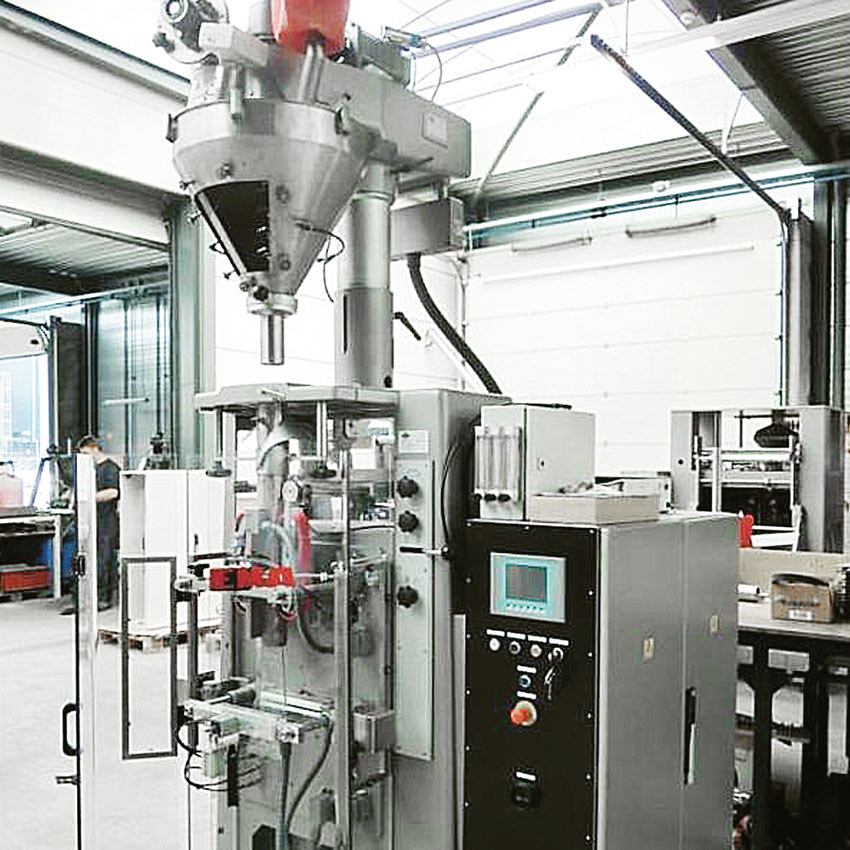
100%
Equity interest
ROVEMA is a global leader in the manufacturing of packaging machines and equipment for a wide variety of products and applications.
Division
TAKKT

50.25%
Equity interest
TAKKT bundles a portfolio of B2B direct marketing specialists for business equipment in Europe and North America in a single company.
Financial Investment
ceconomy

25.00%
Equity interest
CECONOMY is Europe’s leading platform for companies, concepts and brands in the sector of consumer electronics.
Financial Investment
metro

22.50%
Equity interest
METRO is one of the leading international companies in the wholesale and food service sector.
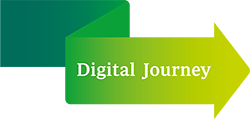
SHAPING THE DIGITAL JOURNEY
„MAKING
GOOD
PROGRESS
TOGETHER!”
How are digitalisation targets being implemented? What challenges must be overcome? And how is the way in which we work together changing? Haniel Group employees talk about how they are shaping the Group’s digital transformation.
DIGITAL JOURNEY GATHERING STEAM
„WE ARE
NOT SOME
IVORY TOWER
THINK TANK”
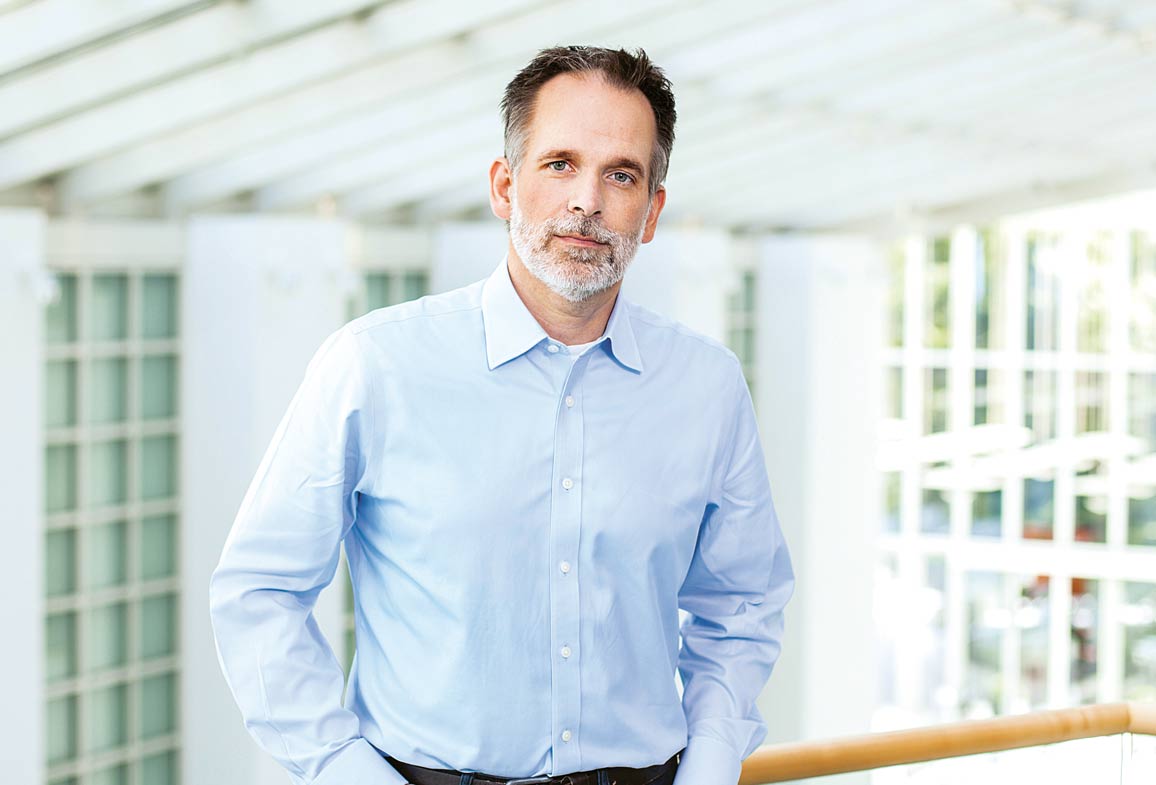
Dirk Müller
Schacht One
Schacht One, the Haniel Group’s digital workbench, has existed about two years. Managing Director Dirk Müller tells why some things work differently today than planned, what’s coming next – and why technology isn’t everything.
What did you imagine two years ago when you started at Schacht One, and where do things stand today?
Our idea was always that we would work on innovative topics in a new way. That has come true. Despite this, some things have gone differently than expected. For example, we assumed that we would be less directly involved in projects. The idea was: Schacht One works with few external partners, bringing them and the Haniel divisions together. But we recognised relatively quickly what Schacht One’s actual added value is: We don’t just start digital projects, but instead also ensure that they lead to a defined end and a result by accompanying the process very closely. This means that Schacht One is not a pure orchestrator, but rather an important part of the projects. As a consequence, the role of our partners has also changed. At the beginning we relied heavily on them, we have since developed our own “Schacht One Way”. We know what works. But our greatly-expanded partner network is more important an asset than ever.
In the meantime, SCHACHT ONE has around 50 projects either completed or in the pipeline. Are there commonalities?
Projects frequently have major substantive differences because we have to deal with completely different business models and topics. However, our method is universal: Our thinking in all projects is extremely customer-centric, we work with hypotheses and move rapidly into test phases. At the beginning, this approach was completely new for all participants but has now become fully established. In general, we attempt to structure projects so that they fit the divisions. That distinguishes us significantly from consultants on the market, who sometimes create too much time pressure in projects. That does not work in the collaborative context in which we progress. Of course, however, one cannot let things slide. Our method sometimes results in less agility – but in case of doubt do not want to overtax the organisation.
All colleagues who have worked at Schacht One from the onset come from Haniel and know the business models. This knowledge is missing with respect to the most recent acquisitions. A disadvantage?
Naturally we knew the existing divisions – but whether we truly understood the business models …? I think that doesn’t really happen until the projects are in full swing. And that is also how it will be with the new portfolio companies. There is also no expectation that we are the best business model experts. These experts are in the portfolio companies. They need only to want to work together with us. They do want that and we look forward it! The nice thing is that with BekaertDeslee, Rovema and Optimar, Haniel now has three divisions in the portfolio where Smart Factory and the Internet of Things could be topics. In that regard we are naturals when it comes to orchestrating matters involving substitution, stimuli, trends, and partners. We see that as a major opportunity.
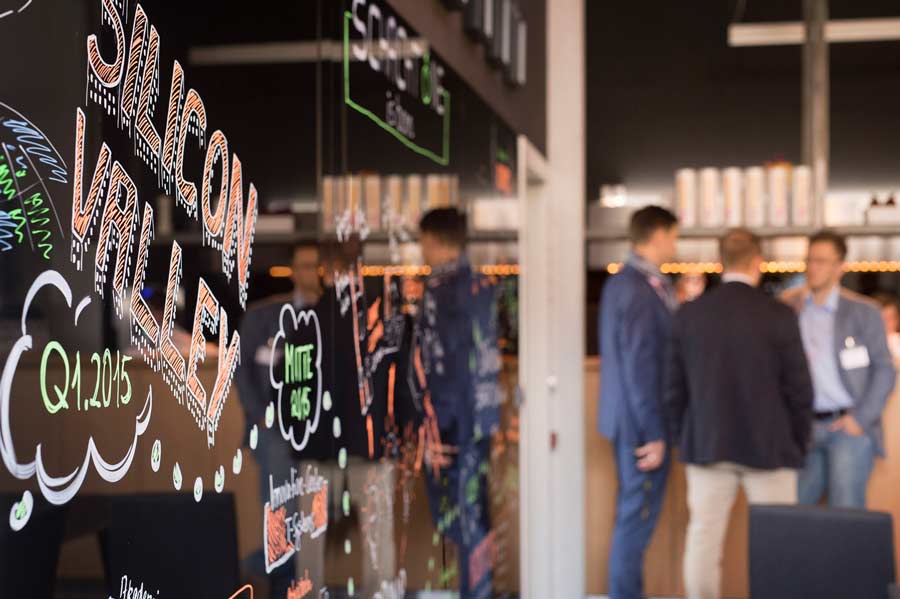
What does the customer want?
Schacht One employs design thinking methods. In plain English, that means asking people what they need, then developing a product, service or even a whole business model that meets those needs. This puts customers at the centre of all work. On this basis, Schacht One works with the divisions to develop prototypes that can be tested out as soon as possible under real-world conditions.
New divisions also mean new projects. Schacht One is growing and recruiting new employees. Where do you see the limits to growth?
The limit is probably somewhere around 20 employees. I would say that everyone should still fit at two large tables. And we want to be sure to maintain homogeneous structures, in which everyone works on the same type of projects. To do that, Schacht One must not become too large. And it won’t. On top of that, we are working more closely with the portfolio companies to set priorities: Topics that are strongly focused on the particular corporate objectives and that can be much closer to the core business than previously have priority.
A creative team, new work methods – does that have a radiating effect on Haniel?
Definitely. Creative spaces are emerging in the Holding Company, colleagues are doing continuing education on design thinking – because it is spreading through the company. I see a complete change at the divisions, especially where it concerns simply trying things out. We are experiencing a lot of openness there. In particular, colleagues who have worked with us on projects think differently about digitalisation and work processes, and naturally they take that back to their organisations. That is why we also emphasize always working with colleagues from the divisions on projects if possible.
Which topics are on the agenda for the future?
Up to now we have been very busy with e-commerce in the broadest sense. For the future I also see an emphasis on smart factories, the Internet of Things et cetera. That goes hand in hand with data analytics. That is making data analysable and deriving conclusions from it. We believe there is potential to do this at all portfolio companies. Of course, we are already working to realise these topics, but in the absence of clear objectives have not yet launched any specific projects. After all, we are not some ivory tower think tank, that makes innovations in greenfield projects. We always struggle when technology alone provides the impetus. Instead, the business must be the driving force. And I would almost be willing to bet that we will tackle at least one project involving data analytics in 2018.
What’s your opinion on where Haniel is with respect to digitalisation?
I think we are truly headed in the right direction! The term digitalisation has positive connotations throughout the entire Group. In any event, the topic is attracting attention – that is often not the case in companies of comparable size. Or they don’t know how to approach the topic. Haniel has found a good answer to this question with Schacht One and the digitalisation activities in its portfolio companies, but that answer is not universal: Successful digital transformation has a lot to do with culture and organisation – and those are not so easy to reproduce.
Read about how projects progress at Schacht One in the Haniel magazine “enkelfähig” (German only):
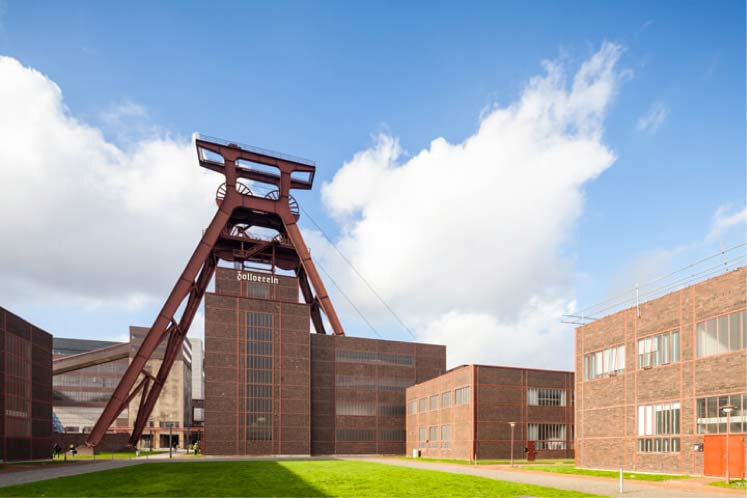
Schacht One is the Haniel Group’s digital workbench, which works together with the portfolio companies to develop digital solutions. It is located at the Zollverein Coal Mine in Essen – where the company’s pioneer, Franz Haniel, laid the foundation for early industrialisation with coal mining.
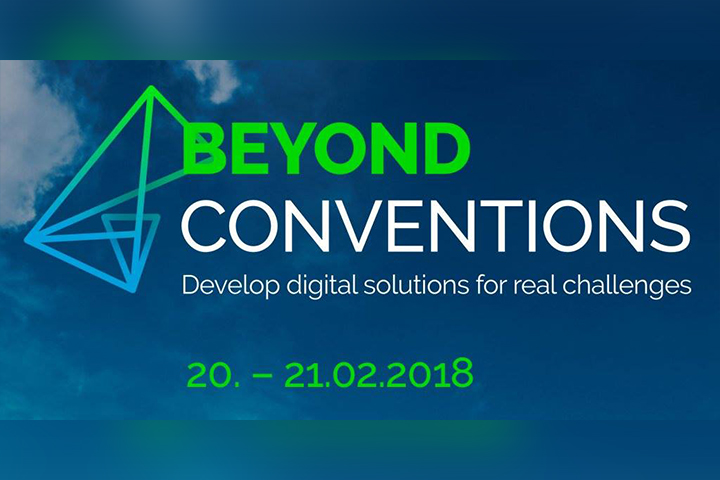
be bold, be brave, blow us away!
Schacht One’s objective is to promote exchange and cooperation with companies in the region. Such as with Beyond Conventions: Together with four other companies from the Ruhr area – Thyssen Krupp, Innogy, Open Grid Europe and Funke Medien Group – in February 2018 Schacht One invited start-ups to develop solutions from the Haniel divisions. Following that, ELG and TAKKT subsidiary Certeo awarded specific projects to start-ups.
MANAGEMENT AND WORKING
TOGETHER
Learning to fly
“You know the dodo? This bird once lived on Mauritius. It could not fly but was optimally adapted to its environment – until sailors in the 17th century brought rats and monkeys with them. Within 100 years the dodo was extinct.”
In his opening speech at the Haniel Leadership Lab in September 2017, CEO Stephan Gemkow made the dodo the anti-mascot for Haniel: “Whoever wants to be successful in the long term, must be flexible and able to change. For us as responsible managers, that means that we must ensure that our companies are not ‘dodos’ when it comes to digitalisation.” Provide guidance and empower employees, give them the means by which they can be successful – those are the management functions that are now promoted.
Venture something new
Learn – from colleagues at Haniel as well as from external digital experts: That was the goal of the Leadership Lab. For instance, Reiner Fageth, head of the erstwhile photo film manufacturer Cewe, explained how the company completely digitalised its business model. “How do we bring along our employees on the digitalisation path? How do we support them along the way and get them to pull together? That is what we learned in the presentations today”, sums up Stefan Wehmeyer from Haniel’s TAKKT division.
At the “Challenge the Chiefs” session, the CEOs of the groups presented their companies’ Digital Agendas and opened the floor for discussion. The participants had already rolled up their sleeves in advance: In the Pre-labs, the attendants from around the world developed their ideas about what the workday could look like within the Haniel Group in 2025. Conclusion: “In 2025, those companies whose employees network and strengthen their cohesiveness through exchange will be successful”, says Peter Weidig, Head of Executive Development and Haniel Academy.
After a two-day exchange the participants in the Haniel Leadership Lab agreed: leadership requirements are changing. Good executives must provide latitude for creativity and innovation and exemplify what they demand from their employees. That also includes that today’s managers must take care of their mental fitness more than ever. There was an opportunity for that right at the beginning of the conference in the “Mindfulness Lab”, where the managers learned principles of mindfulness and experienced how they could use mental training to help shape the future of their companies decisively.
Digitalisation – a permanent issue
This was the third management conference on the subject of digital transformation – and certainly not the last as underlined by Stephan Gemkow: “The topic of digitalisation and leadership will keep us busy for a long time to come. We are only at the beginning. But we are, as these two days have demonstrated to me, beyond the dodo stage. We are learning to fly!”
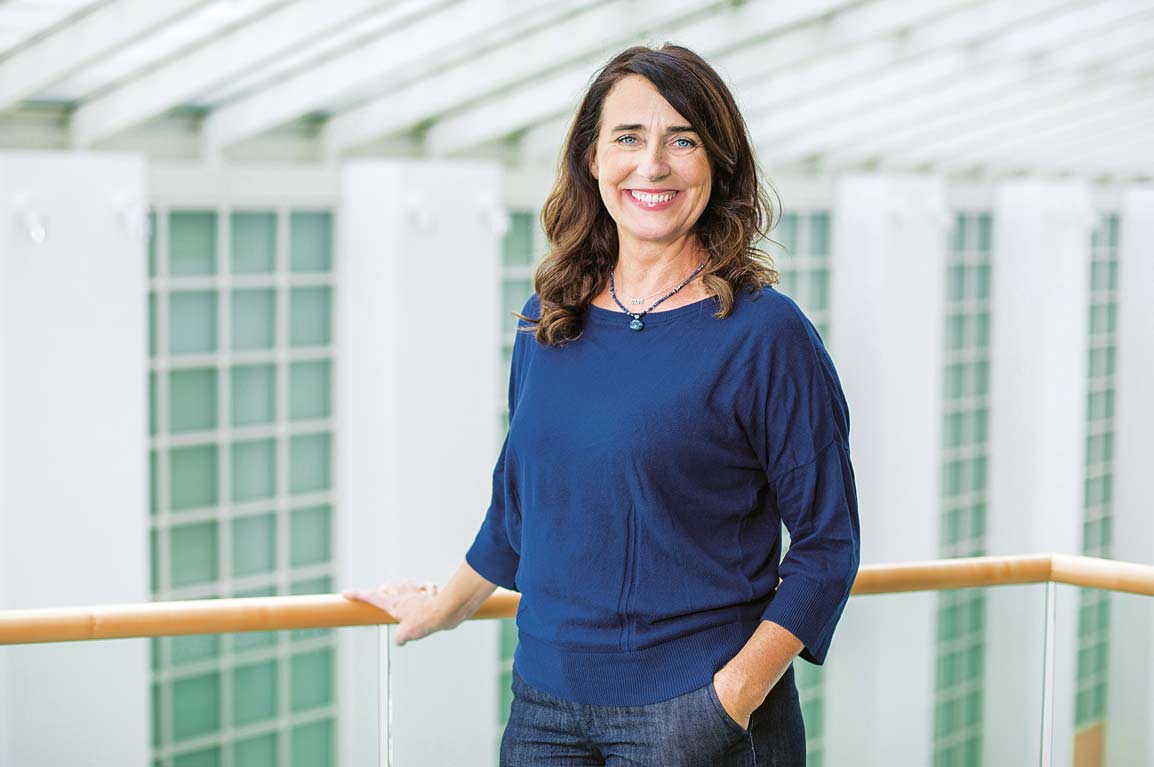
key word: mindfulness
Learn more about the Mindfulness Lab in the Haniel corporate magazine “enkelfähig” – including a video interview with mindfulness expert, Eve Simon.
(German only)

Hej, Stockholm!
Following the Leadership Lab selected participants headed to Stockholm for the “Digital Learning Journey”. Here they met with start-ups and other innovative companies from the digital segment. Find out more about that here:
Moving images
Haniel
Leadership
Lab
CONTRIBUTION FROM ANDY GOLDSTEIN
„It’s all
about people”
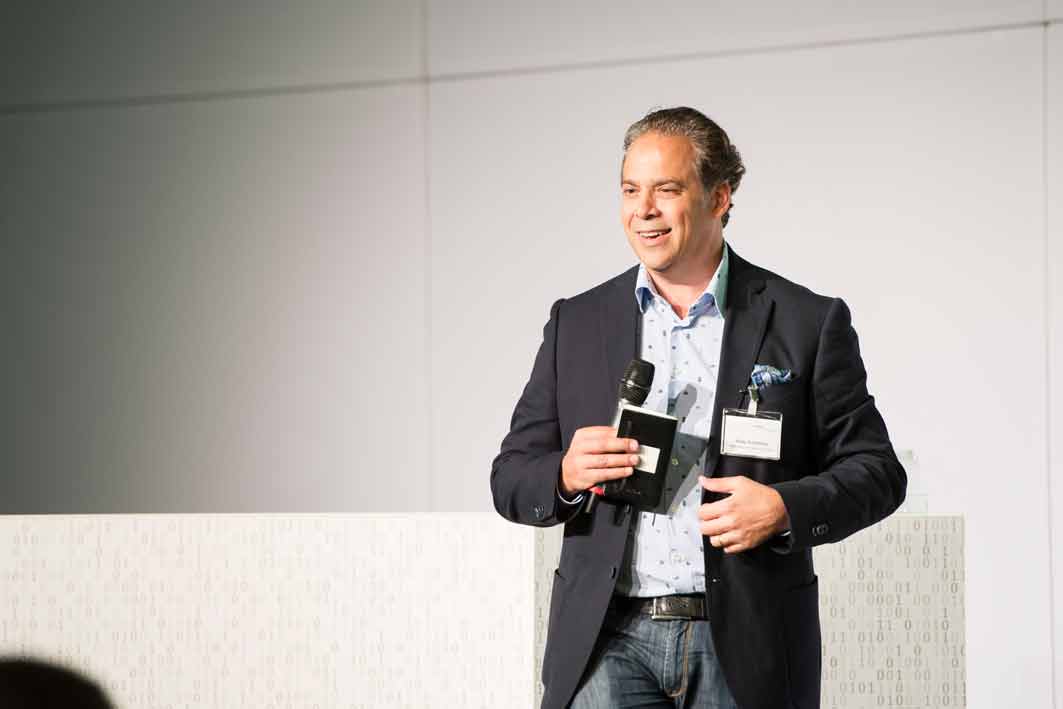
Andy Goldstein
Andy Goldstein is a partner at Deloitte Consulting and Managing Director of Deloitte Digital GmbH, as well as a co-founder of LMU Entrepreneurship Center, the German Accelerator and Social Entrepreneurship Academy at four Munich universities.
Which dos & don’ts must companies bear in mind when it comes to digitalisation? And in which stage of the transformation is Haniel? Digital and management expert Andy Goldstein will tell you. He will also describe his impressions from the Haniel Leadership Lab, which he moderated.
When it comes to digital transformation, I see that companies usually make these three typical mistakes:
No money:
While managers want to implement digitalisation, they don’t provide a budget for it. Especially when things are going well for the company, they prefer to invest in the core business instead of in the future – which arrives faster than most managers believe.
No protection:
The culture in companies is not always open to change, sometimes change is actually sabotaged. That is why managers create protected space for digital projects.
No plan:
Many managers think that digitalisation is an investment that can be made without regard to the bottom line. Digital projects are just as quantifiable as all others and company should set clear performance measures – and quickly terminate the project if success fails to materialize.
All a question of culture
But even companies that do not make these errors have no guarantee of a successful digital transformation. It is also important to bring about a cultural transformation in the company and truly take all employees on a trip into the future. How does that happen? First, everyone involved must understand what is at stake in what goal management is following. However, in many companies the Digital Agendas and the activities outlined are not formulated clearly enough. Anything the employees do not understand, is also something they cannot move forward! That is why companies need clear directives that are reinforced by best practice examples. On that basis, employees are much better able to exchange ideas and integrate into teams. That is how an innovation process develops throughout the company as well as a culture that focuses on doing rather than avoiding.
From company to community
At the Leadership Lab I gained the impression that Haniel is on the right path. All divisions are addressing digitalisation with concrete initiatives – even if I see significant differences in the digital maturity level of the companies. So that the Holding Company can support the divisions even better, it will now depend on developing a common framework that covers the key areas of digital transformation as well as clearly quantified and prioritized goals – backed by the appropriate budgets. But above all I recommend further strengthening collaboration and establishing a true community: Bring together the right people in the right projects – in the end that is what it all depends on!
The next steps in our digital journey
Our goals
and projects
We see digitalisation as a great opportunity to successfully develop our portfolio. Together with the divisions, we have set out objectives and are working to implement them.
Here are some examples of our diverse projects in the business units.



